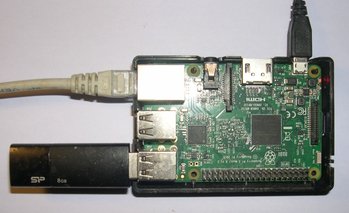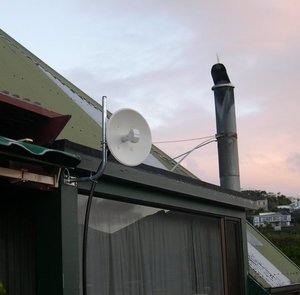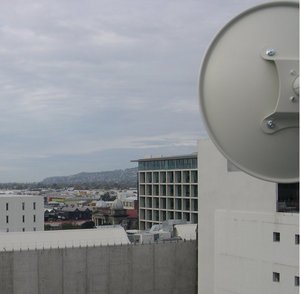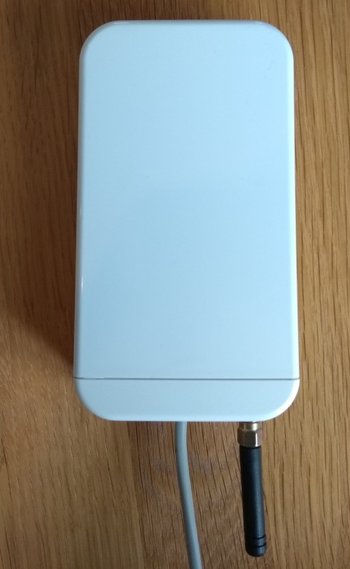We have long experience with a wide variety of industrial applications and devices.
PLCs, printers (label and inkjet), barcode readers, meters, image capture & analysis, and many more.
The following are some of the devices that we use to greatly enhance networked Industrial Data Processing systems. Raspberry Pi model 3B
Raspberry Pi model 3B
The IBU uses a low-power single-board computer (LP-SBC, the most popular type of which is shown), housed in an enclosure appropriate for a location's physical and electrical environment.
This unit provides serious local processing capability, in part so that the system continues to operate during upstream network outages (short or long). And during mains power outages (short or long), via one or more of UPS, solar energy, wind energy.
Tens of millions of LP-SBCs are being used in industrial applications.
Typical PC-type hardware is nowhere near efficient enough to be used for this.

Link shown : 6.5 km, 5.8 GHz, 70 Mbit/s full duplex
For when you need fast networking at a remote location.
Much longer links are possible provided there's the necessary RLOS (radio-line-of-sight) path clearances.
We were the technical design consultant for a multi-relay 5.8 GHz wireless link to provide fast Internet access to the residents of an isolated NZ South Island valley. As expected, it worked first time.
The main use of the link shown was for doing frequent back-ups of a client's server to a storage device in our CBD office. It was needed because fibre internet access was not available where the server was located.
It was possible to use the link for general internet access for machines on the server's local network during ADSL internet access outages there.
Used for devices up to several kilometres away when using WiFi isn't feasible and using a cellular link isn't desirable / feasible. Typically trees are obstructing the path.
LoRa uses much lower radio frequencies than WiFi, so there's significantly less signal absorption by vegetation. And its data-rate is tiny so it works with much lower signal levels than WiFi.
Sometimes we use a higher gain antenna than the one shown, to offset signal absorption by vegetation.
The tiny data-rate means that only basic monitoring and control operations are feasible.
When hills are the obstacle not even LoRa can go directly through, and relaying is needed.
To get higher data rates when there are obstacles, using well-implemented WiFi-relaying can be a good solution.©2021-2024 : IOPEN Technologies Ltd - NZ